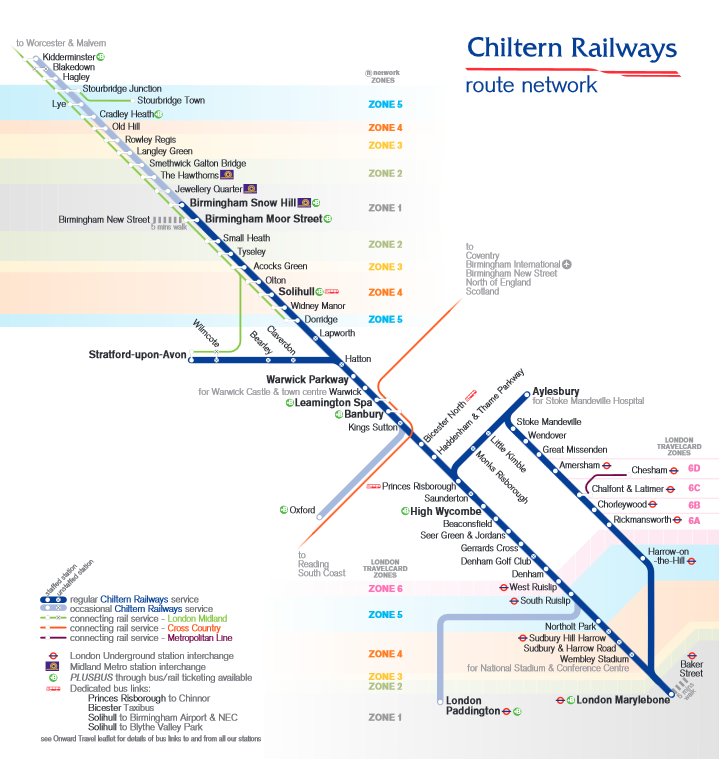In the UK, houses have to have an energy rating certificate if they are being rented out or sold.
Our house doesn't have one, as we bought it before the current rules were introduced.
However, we can estimate our house's energy rating by using the certificate of the house next door, and then making adjustments for the differences.
The house next door has a rating of just 55 (right at the bottom of Band "D" on the Government's A-G rating system).
Their certificate recommends a condensing boiler (we had one a few years ago!), with more modern heating controls (we have that too!), and suggests that those improvements would be worth 7 and 3 rating points respectively,
Then we have double-glazed windows, and they don't. So that is another 3 or 4 points.
Low-energy lighting throughout gives us another rating point,
So we get about 55 (next door's rating) + 7 (condensing boiler) + 3 (modern heating controls) + 3 or 4 (double glazing) + 1 (low-energy lighting), giving us an estimated energy rating of 69 or 70 points, which takes us to the bottom of Band "C" - a whole rating band above our neighbour!
Are there any other neighbours we can check "our" assumed rating against?
Yes - another house in our street, which is being rented out, also has a certificate.
Remember, all the houses in our street were built at about the same time by the same property developer, and although the vary in layout and size a bit, they are all built to a similar standard using similar construction tecniques and materials.
So, this second house has a rating of 60 - still Band "D", but better than the first house we looked at!
The values for improvements have changed a bit, too (the energy report for the second house was issued four years later than that for the first house).
So here we go.
60 (for the second house) + 5 (condensing boiler) + 2 (modern heating controls) + 2 (low-energy lighting), giving us an estimated energy rating of 69 points, which takes us to the bottom of Band "C" - so we scrape into a rating band above that neighbour too!
How efficient is your house?In the next 10 years or so, I expect to have solar panels on the roof, too, and that'll be worth a further 15 (first report) or 13 (second report) rating points, and would lift us into Band "B"!
Interestly, the inspector for both energy reports was the same man (!), so I suspect that the guidelines about the rating points have been altered a bit in the four years between the two reports.
Our house doesn't have one, as we bought it before the current rules were introduced.
However, we can estimate our house's energy rating by using the certificate of the house next door, and then making adjustments for the differences.
The house next door has a rating of just 55 (right at the bottom of Band "D" on the Government's A-G rating system).
Their certificate recommends a condensing boiler (we had one a few years ago!), with more modern heating controls (we have that too!), and suggests that those improvements would be worth 7 and 3 rating points respectively,
Then we have double-glazed windows, and they don't. So that is another 3 or 4 points.
Low-energy lighting throughout gives us another rating point,
So we get about 55 (next door's rating) + 7 (condensing boiler) + 3 (modern heating controls) + 3 or 4 (double glazing) + 1 (low-energy lighting), giving us an estimated energy rating of 69 or 70 points, which takes us to the bottom of Band "C" - a whole rating band above our neighbour!
| our condensing boiler |
| our modern, digital, wireless, thermostat. our heating is optimised for the hamster! |
| One of our LED table lamp bulbs |
Yes - another house in our street, which is being rented out, also has a certificate.
Remember, all the houses in our street were built at about the same time by the same property developer, and although the vary in layout and size a bit, they are all built to a similar standard using similar construction tecniques and materials.
So, this second house has a rating of 60 - still Band "D", but better than the first house we looked at!
The values for improvements have changed a bit, too (the energy report for the second house was issued four years later than that for the first house).
So here we go.
60 (for the second house) + 5 (condensing boiler) + 2 (modern heating controls) + 2 (low-energy lighting), giving us an estimated energy rating of 69 points, which takes us to the bottom of Band "C" - so we scrape into a rating band above that neighbour too!
How efficient is your house?In the next 10 years or so, I expect to have solar panels on the roof, too, and that'll be worth a further 15 (first report) or 13 (second report) rating points, and would lift us into Band "B"!
Interestly, the inspector for both energy reports was the same man (!), so I suspect that the guidelines about the rating points have been altered a bit in the four years between the two reports.


